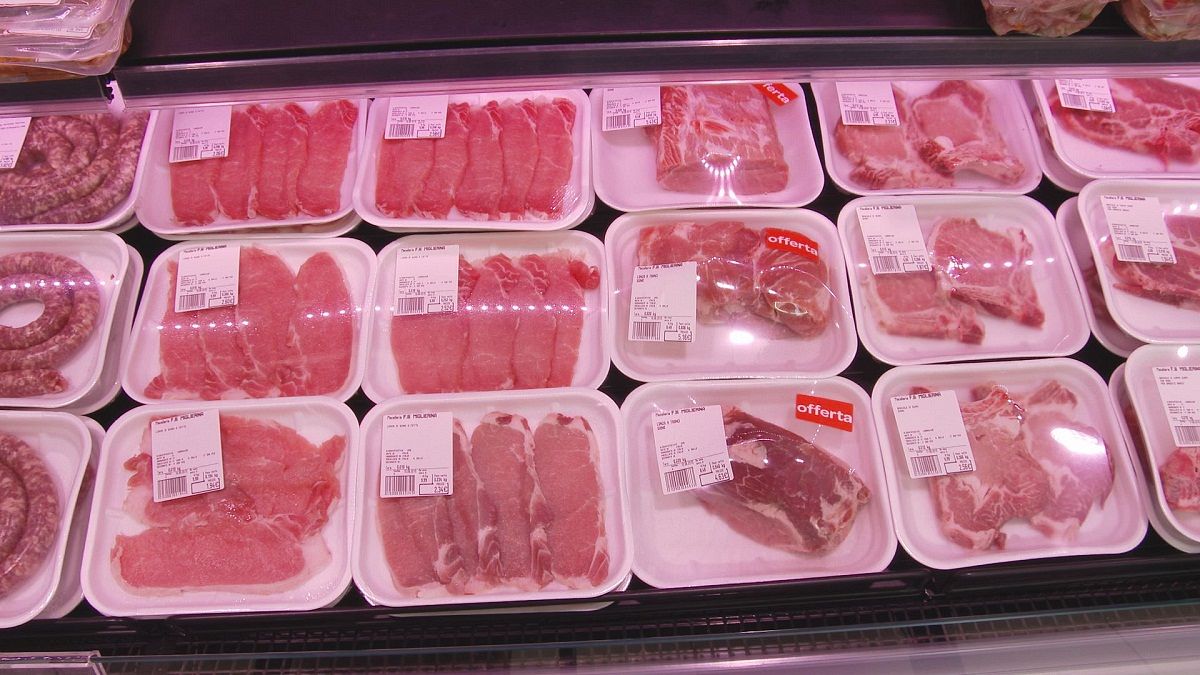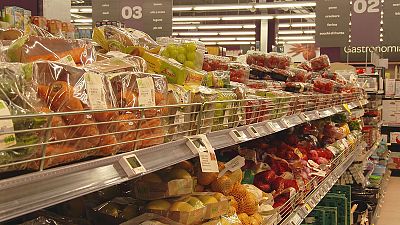Most of the food we buy is packed in plastic, metal or other fabricated materials. That makes it easy to store and transport, but how can we be sure
Most of the food we buy is packed in plastic, metal or other fabricated materials. That makes it easy to store and transport, but how can we be sure food packaging isn’t harmful to our health?
Substances in plastic containers make them flexible The information on cardboard boxes is printed in typographic paint. Should we be concerned that these chemicals are in contact with what we eat? To answer that question scientists at the Joint Research Centre in Italy are studying how various kinds of packaging and tableware interact with food, chemically.
“The packaging is made of lots of different materials. We have plastics, we have tinned goods in varnished metal, so we have materials that are not food, and there’s always a possibility that certain compounds of these materials could migrate, transfer into the food,” said Catherine Simoneau, a food chemist at the JRC and head of Europe’s reference laboratory for food contact materials (EURL-FCM).
Contact with food
It’s not just packaging that’s going under the microscope. Various chemicals could theoretically get into food from kitchenware and utensils. That is especially the case for baking ware, such as silicone moulds, which are subjected to high temperatures. But it is also true for the dishes we eat off.
Eddo Hoekstra, a chemical engineer at JRC, EURL-FCM demonstrated to Futuris a typical experiment undertaken as part of the research: “While preparing this dough, we do an experiment – because during the time that we’re mixing there might be chemicals from this polypropylene bowl migrating into the dough, and this we’ll find out later by analysing the dough.”
The methods and techniques developed at the JRC are used in national laboratories across the EU, so the standards are the same across the Union. The goal is that all European consumers should feel confident about the safety of food and the tableware they use.
Universal safety standards
Researchers use standardised liquids or powders to simulate certain foods. In special conditions, they can recreate years of shelf life to see how the product changes during the storage.
“As we can’t have the same tomato sauce in all the countries, we need to use the liquid which can be similar or the same in all the countries – a laboratory in Portugal and a laboratory in Poland will make the test in the same way using the same liquids,” said Natalia Jakubowska, an analytical chemist with JRC EURL-FCM.
The findings show how much chemicals have migrated into the food from the packaging or tableware. Common norms are still needed for thousands of substances and that requires a lot of research and harmonisation, as Catherine Simoneau explained: “We have a lot of work, this is an area that is technologically very active, there are always developments, there are always new materials – active packaging, nano packaging – to better protect food, but all that has to be studied. The same applies to all ‘eco’ and ‘sustainable’ products.
Based in Ispra, Italy, the JRC laboratory doesn’t just work for Europe – all its results are released to the public domain, so they can help to improve safety standards around the world.




